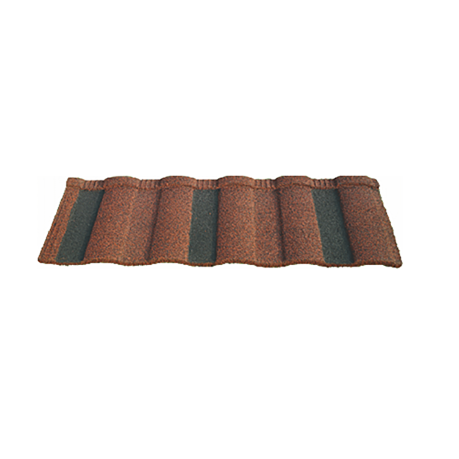
ное. . 05, 2024 23:15 Back to list
glazed clay tiles
The Allure of Glazed Clay Tiles
Glazed clay tiles have adorned structures for centuries, captivating the eye with their vivid colors and intricate patterns. These timeless pieces of art, made from natural clay and coated with a glass-like glaze, offer both aesthetic beauty and practical benefits. As one examines the history and significance of glazed clay tiles, it becomes evident why they continue to be a popular choice in architecture and design.
Historically, glazed clay tiles have roots in several ancient civilizations. The earliest known examples date back to Mesopotamia, where artists would enhance simple clay tiles with vibrant glazes. The technique was later perfected in regions such as Persia and Spain, creating stunning mosaics that decorated palaces and mosques. The use of glazed tiles continued to evolve through the centuries, influencing various architectural styles around the world, from the intricate designs of Islamic architecture to the rustic charm of Mediterranean villas.
One of the most appealing aspects of glazed clay tiles is their versatility. Available in a myriad of colors, shapes, and sizes, these tiles can be used in various applications, including flooring, backsplashes, and wall coverings. They can transform any space, whether it's a modern kitchen, a traditional bathroom, or a luxurious foyer. The glossy finish of glazed tiles not only adds depth to colors but also reflects light, creating a brighter environment.
glazed clay tiles

In addition to their aesthetic appeal, glazed clay tiles are highly functional. The glazing process seals the clay, making the tiles water-resistant and easy to clean. This makes them an ideal choice for high-moisture areas such as kitchens and bathrooms. The durability of clay tiles is also noteworthy; they can withstand heavy foot traffic and resist scratches, ensuring that they maintain their beauty over time. Moreover, glazed tiles are often made from natural materials, making them a sustainable option for eco-conscious consumers.
The application of glazed clay tiles extends beyond traditional settings. Contemporary designers are incorporating these tiles into innovative designs, creating bold statements in both residential and commercial spaces. From chic geometric patterns to stunning murals, the possibilities are virtually limitless. Additionally, the integration of technology in tile production has led to the creation of custom designs, enabling homeowners and designers to express their unique style and creativity.
In conclusion, glazed clay tiles are more than just decorative elements; they are a fusion of art, history, and functionality. Their rich heritage, coupled with modern versatility, makes them an enduring choice for architects and designers alike. As we continue to explore the potential of glazed clay tiles, we can appreciate their ability to bridge the gap between the past and the present, enriching our spaces with their undeniable charm and vibrancy. Whether in a contemporary urban setting or a rustic countryside home, glazed clay tiles remain a testament to the enduring beauty of craftsmanship and design.
-
Lifetime Roof Shingles – Durable Roofing Solutions for Decades
NewsJun.10,2025
-
Top Roofing Shingles Types Compare Different Types of Architectural Roofing Shingles for Your Home
NewsJun.10,2025
-
Affordable Asphalt Shingle Roll Durable & Easy Flat Roof Solution
NewsJun.09,2025
-
Metal Asphalt Look Roofing Durable Shingle-Style Options
NewsJun.09,2025
-
Premium Clay Valley Roof Tiles Durable & Eco-Friendly
NewsJun.09,2025
-
Modern Clay Pantile Roof Tiles Durable & Stylish Roofing
NewsJun.09,2025







